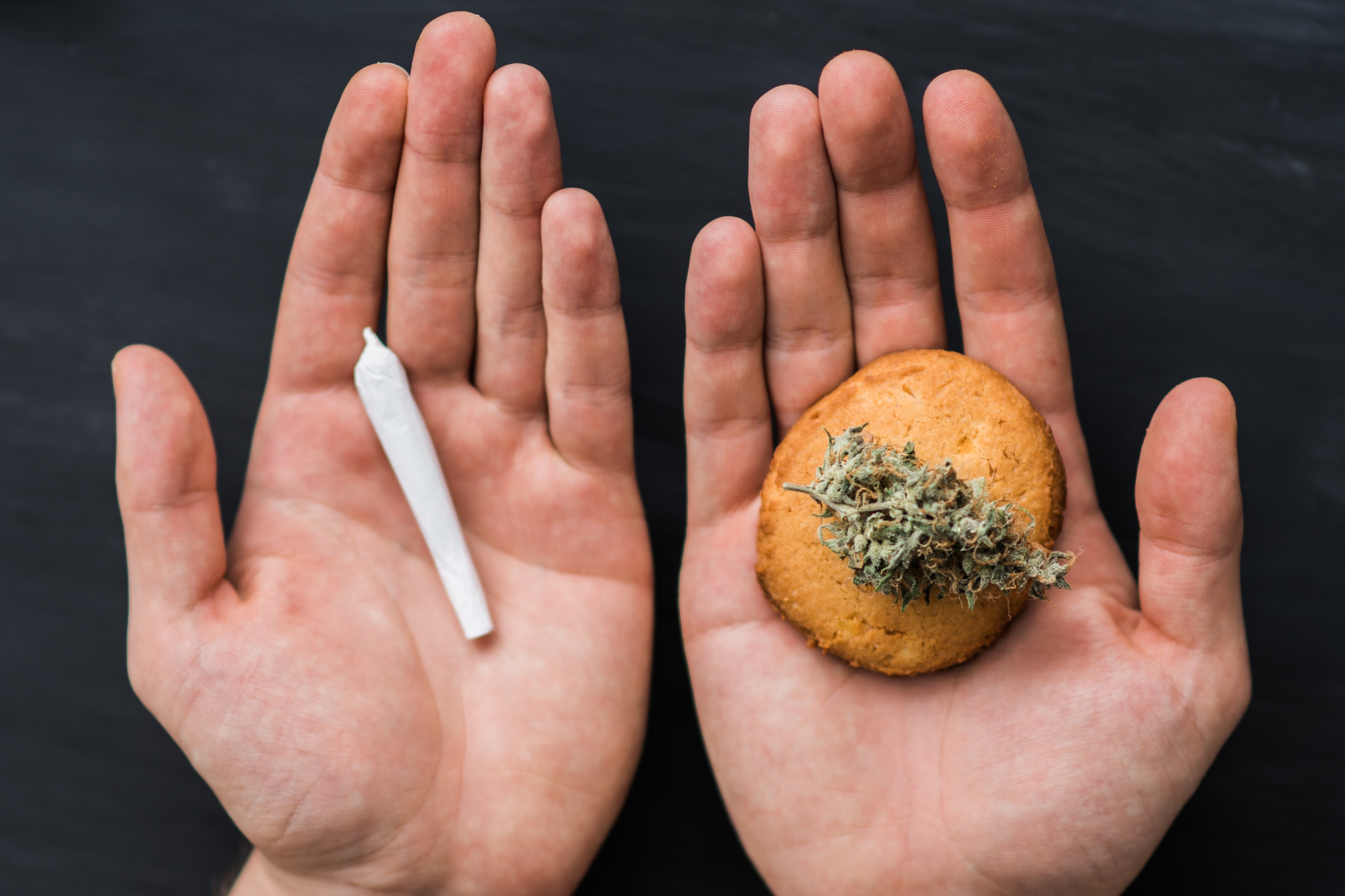What employers need to know about edible cannabis
How edibles affect the body differently than inhaling
Cannabis edibles became legal in Canada back in October, but they weren’t available to buy until recently. For those who plan to enjoy these baked goods or beverages, it’s crucial to know that eating cannabis affects people differently than smoking it.
And whether it’s being inhaled or digested, it’s also important to know that it shouldn’t be consumed in any form too close to the time when a person must report for duty at their job.
To ensure workers aren’t impaired by cannabis at work, employers must have clear policies in place that employees are fully aware of and understand thoroughly. These courses can help: Cannabis and the Workplace, and Code of Conduct: Setting the Tone for Your Workplace.
But what if you don’t live in Canada? A drug and alcohol policy is still important because workers need to know what is acceptable regarding the use of substances that may cause impairment, such as alcohol, and over-the-counter or prescription drugs.
The differences between smoking cannabis and eating cannabis
When cannabis is smoked or inhaled, the active ingredient that causes a feeling of euphoria which is called THC, enters the lungs, passes directly into the bloodstream, and then is carried to the brain. This happens quite quickly. The Canadian Centre on Substance Abuse and Addiction says the effects can be felt in a period of seconds to a few minutes, peaking within a half hour and lasting up to six hours. Residual effects can last as long as 24 hours.
When cannabis is eaten, the THC is digested in the stomach, then travels to the liver where it is processed before it enters the bloodstream. Because this process is slower, it can take 30 minutes to two hours for the full effects to be felt. With this method of use, THC is converted to a stronger form in the liver, which increases the intensity of the high, and the effects last longer than inhaling. The Canadian Centre on Substance Abuse and Addiction says the effects can peak within four hours and last up to 12 hours, while residual effects can last up to 24 hours.
Ingesting cannabis in a drink such as a tea results in gradual effects, similar to eating it.
Many people who choose to use edible cannabis products want to avoid potential adverse effects that smoking the drug may have on the lungs, which may include lung inflammation, bronchitis, and an increased risk of developing cancer.
However, because it takes longer to feel the effects when cannabis is ingested, there is a danger that people will consume too much.
Factors such as body weight, metabolism, and gender also play a role in how a person is affected. And the length of time that people are considered impaired may also vary.
No matter which method one chooses, it’s important to heed this advice from the Canadian Centre on Substance Abuse and Addiction:
- If you are new to cannabis, start slowly by consuming an edible cannabis product with no more than 2.5 mg of THC. For smoking or vaping cannabis, start with a product that contains no more than 100 mg/g (10 per cent) THC content.
- Inhaling too much THC at one time or consuming additional edible cannabis within four hours can lead to over-intoxication.
- Be sure to read the label carefully for information on the THC concentration.
- Using high-strength cannabis regularly – more than once per week – can lead to tolerance and dependence. Try to limit your use of these products.
- Avoid mixing cannabis with alcohol or other substances, which can lead to serious adverse health effects.
All employers everywhere must know how to deal with employee impairment. Trainers: Add these courses to your repertoire and help prepare workplaces for managing these types of issues: Cannabis and the Workplace, and Code of Conduct: Setting the Tone for Your Workplace.



